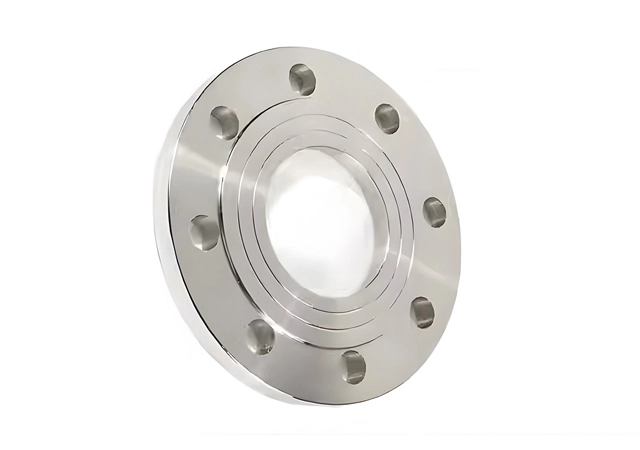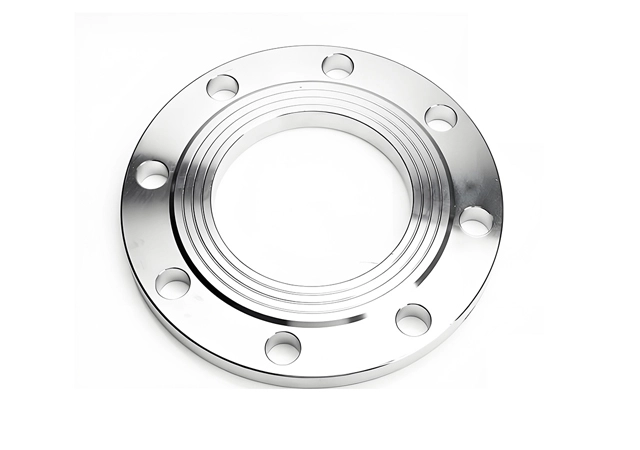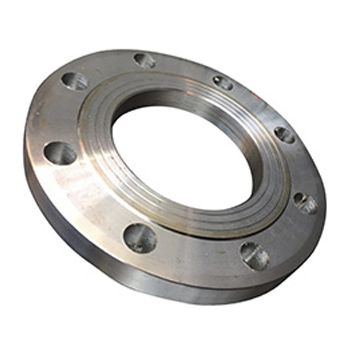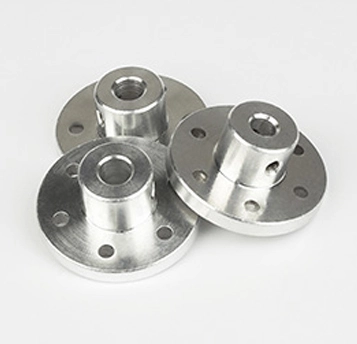What is Stainless Steel Flange
Stainless steel flanges are mechanical components fabricated from stainless steel, which is renowned for its excellent corrosion resistance. These flanges are designed to connect pipes, valves, pumps, and other equipment within a piping system. They typically feature a circular shape with evenly - spaced holes around the perimeter, facilitating the use of bolts for secure attachment.
Thanks to the properties of stainless steel, these flanges can withstand harsh environments, including those with corrosive substances and high humidity. They ensure reliable sealing and connection, maintaining the integrity and functionality of the piping system. Their high strength and durability make them suitable for a wide range of applications, from industrial processes like chemical and food industries to building services for water supply and drainage systems.
Types of Stainless Steel Flange
| Flange Type | Description |
| Weld Neck Flange | Features a long tapered hub for high-pressure applications, providing excellent strength and stress distribution. |
| Slip-On Flange | Slides over the pipe and is welded in place, suitable for low-pressure systems. |
| Socket Weld Flange | Designed for small-diameter pipes, with a socket for pipe insertion and fillet welding. |
| Blind Flange | Used to seal the end of a pipe or vessel, preventing flow. |
| Threaded Flange | Has internal threads to connect to pipes without welding, ideal for low-pressure and non-critical systems. |
| Lap Joint Flange | Used with a stub end, allowing for easy alignment and disassembly. |
| Spectacle Blind Flange | A combination of a blind flange and a spacer, used to isolate sections of a pipeline. |
| Orifice Flange | Designed for orifice meters to measure flow rates. |
| Flat Face Flange | Flat sealing surface, used with flat gaskets. |
| Raised Face Flange | Raised sealing surface, used with soft gaskets. |
| Ring-Type Joint (RTJ) Flange | Uses a metal ring gasket for high-pressure and high-temperature sealing. |
Advantages of Stainless Steel Flange
corrosion Resistance: Stainless steel flanges resist rust and corrosion, making them suitable for harsh environments.
High Strength: Can withstand high pressure and mechanical stress.
Temperature Resistance: Suitable for both high and low-temperature applications.
Durability: Long service life in various environments.
Hygienic: Easy to clean and maintain, ideal for food, pharmaceutical, and sanitary applications.
Aesthetic Appeal: Polished finishes provide a clean and professional look.
Standards of Stainless Steel Flange
ASME/ANSI B16.5: Covers dimensions, pressure ratings, and tolerances for pipe flanges and flanged fittings.
ASME/ANSI B16.47: Standard for large-diameter flanges.
ASTM A182: Standard specification for forged or rolled alloy and stainless steel pipe flanges.
DIN EN 1092-1: European standard for flanges.
JIS B2220: Japanese industrial standard for steel pipe flanges.
ISO 7005: International standard for flanges.
Material Grade of Stainless Steel Flange
304/304L: General-purpose grade with excellent corrosion resistance and weldability.
316/316L: Higher corrosion resistance, especially against chlorides and acids, ideal for marine and chemical environments.
321: Contains titanium for improved high-temperature resistance.
310: Suitable for extreme high-temperature applications.
Duplex Stainless Steel (e.g., 2205): Offers high strength and corrosion resistance, used in demanding environments.
904L: High corrosion resistance, used in highly acidic environments.
Connection of Stainless Steel Flange
Bolting: Flanges are joined together with bolts and gaskets to create a tight seal.
Welding: Flanges like weld neck, slip-on, and socket weld are welded to the pipe for a permanent connection.
Threading: Threaded flanges are screwed onto the pipe without welding.
Applications of Stainless Steel Flange
Oil and Gas: For pipelines, refineries, and offshore platforms.
Chemical Processing: Resistant to corrosive chemicals and acids.
Food and Beverage: Hygienic and easy to clean, suitable for sanitary applications.
Pharmaceutical: Used in sterile environments.
Water Treatment: Resistant to water corrosion and scaling.
Marine: Resistant to saltwater corrosion.
Power Generation: For boilers, turbines, and steam systems.
Construction: For structural and industrial piping systems.

 EN
EN









